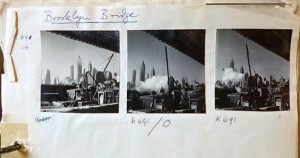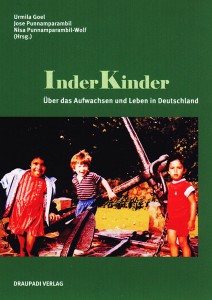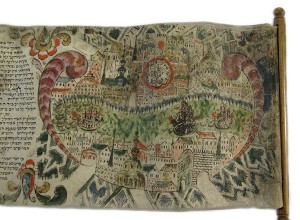My Week of Intensive Research into Fred Stein’s Archives

Contact sheet Brooklyn Bridge
© Estate of Fred Stein, photo: Theresia Ziehe
In June of 2012 I had the opportunity to delve into the estate of Fred Stein. During the preparation for our then-upcoming exhibition “In an Instant,” I travelled to the little town of Stanfordville, NY to visit Peter Stein, the photographer’s son and archive administrator. For a week, I studied the voluminous and multi-faceted material stored in various rooms of the private residence. It was an unforgettable immersion into the life and work of Fred Stein.
Hundreds of negatives, kept in fireproof cabinets, make up the core of the collection. Their differing formats point to the two cameras Stein photographed with: coiled strips of Leica negatives and individually packaged 2 1/4 x 2 1/4 inches negatives in pergamin sheets from the Rolleiflex. The cameras themselves unfortunately didn’t survive. Among these negatives, you can see Stein’s first shots of Dresden shortly before he emigrated to Paris in 1933. → continue reading
Dealing Creatively with Ethnic Classifications

Book cover
© Draupadi Verlag
Tomorrow at the Academy of the Jewish Museum Berlin, Urmila Goel and Nisa Punnamparambil-Wolf will introduce the book they edited, InderKinder – Über das Aufwachsen und Leben in Deutschland (Indian-Children: on Growing Up and Living in Germany, published by Drapaudi Verlag). It’s the third in a series of events on “New German Stories” where, with the aid of individual biographies, we examine Germany’s historical and current status as an immigration society. On this occasion we’ll focus on the children of immigrants from India, who gained public awareness for the first time during the “Green Card” campaign of 2000.
Prior to the reading and discussion tomorrow, we asked the two editors, Nisa Punnamparambil-Wolf and Urmila Goel, three questions:
What made you choose this title?
We’re referring with this title to the marginalizing “Kinder statt Inder” (children instead of Indians) campaign of the year 2000. The wordplay of InderKinder (Indian-children) is meant ironically: it was important to us to find a creative way to deal with these attributions. With the book, we want to show the varied ways that people who grew up and live in Germany handle the classification of being a child of Indian immigrants.
The book consists of two parts, autobiographical stories and essays. How would you explain your concept?
→ continue reading

Detail of a Megillah, Germany, 18th century
© Jewish Museum Berlin. Photo: Michaela Roßberg
Today, 16 March, Jewish communities are celebrating Purim. On this holiday, the biblical Book of Esther is read aloud in synagogue. In keeping with tradition, the story of Esther—who saves the Jewish people in the Persian Empire from destruction by Haman, the king’s highest-ranking official—is read not from a book but from a parchment scroll. Commenting on the (Hebrew) reading, noisy hoots and rattles are sounded. (Alternative customs are described in our blog text for last year’s Purim).
Numerous Esther scrolls are currently in the custody of the Jewish Museum. The 32 works on loan will be on display along with other historical manuscripts from 4 April 2014, in the special exhibition “The Creation of the World. Illustrated Manuscripts from the Braginsky Collection.” → continue reading


